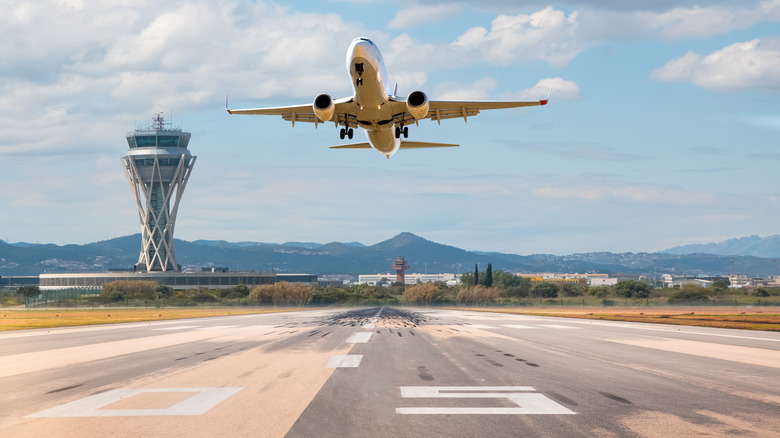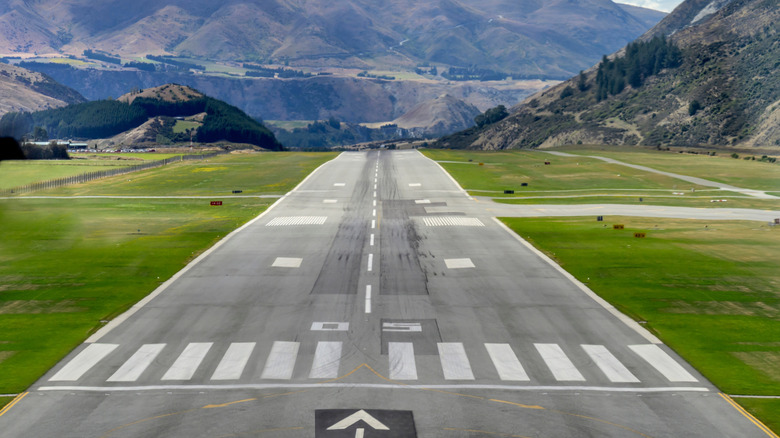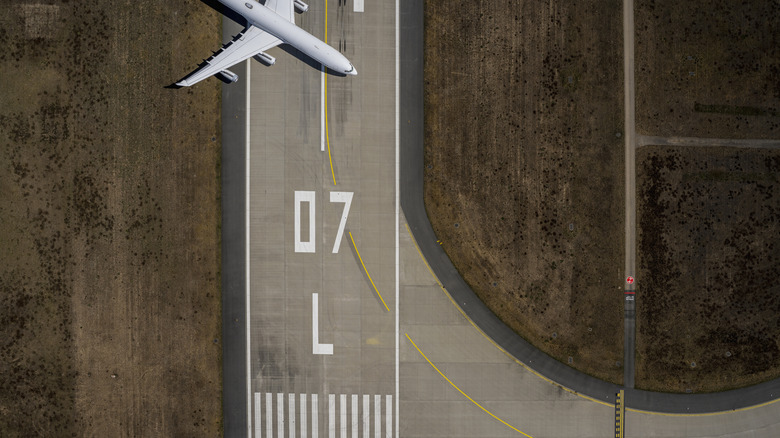The Meaning Behind Those Strange Airport Runway Numbers, Explained
A curious mind would have certainly seen the giant numbers like "09", "28", or "22" painted on the runway and wondered what those numbers actually mean. Every little sign on a runway means something, so yes, these random-looking numbers are not random either. In fact, they serve an important purpose — carrying critical information that pilots rely on every single time they take off or land at an airport. Usually, the passengers don't really interact with the runway numbers, but they still work in your favor. It's all part of making sure flights are safe.
So, what do those runway numbers actually stand for? In short, they tell the pilot which direction the runway is facing, using a system based on the magnetic compass. In simple terms, these numbers tell the direction of the runway according to the compass. The numbers also help pilots line up correctly, especially when flying into a busy airport.
How is the numbering done on the runway?
Each runway number comes from its magnetic heading, which is basically the direction a compass points when you're facing down the runway. But the runway numbering is always in two digits, while the magnetic compass can also have a three-digit numbering. So, how does it work? The heading is rounded to the nearest 10 degrees, and then the last digit is dropped. So, if a runway points toward 092 degrees, it becomes Runway 09, and if it points 274 degrees, it's labeled Runway 27. What a neat little trick that keeps things simple yet precise, right?
Now, every runway has two ends, and each end gets its own number, 180 degrees apart. For example, if one side is Runway 09, facing 90° east, the opposite end will be Runway 27, facing 270° west. As a result, pilots always know which direction they're using based on those numbers. The idea is to help them line up safely for takeoff or landing. So if a pilot is cleared for, let's say, Runway 22, they know exactly which direction to head.
Other rules and fun details behind the numbers
Runways are usually aligned with the prevailing winds in the area because planes take off and land more efficiently against the wind. But wind is just one of the many factors to consider. Terrain, noise regulations, and nearby buildings or infrastructure can all influence how a runway is oriented. And interestingly, there's no such thing as Runway "00" — the closest we get is Runway 36, which points directly north at 360 degrees.
Sometimes, runway numbers change, but your airport hasn't moved an inch. So why care about changing the numbers? That's because the magnetic north slowly shifts over time, and that shift can eventually make a runway's number inaccurate. Thus, after a decade or so, a busy airport might have to repaint the numbers and make other necessary updates to reflect the new magnetic alignment. While it doesn't happen often, when it does, it's a big task. The signs and panels have to be changed, the staff needs to be retrained accordingly, and every pilot flying in has to be informed.


